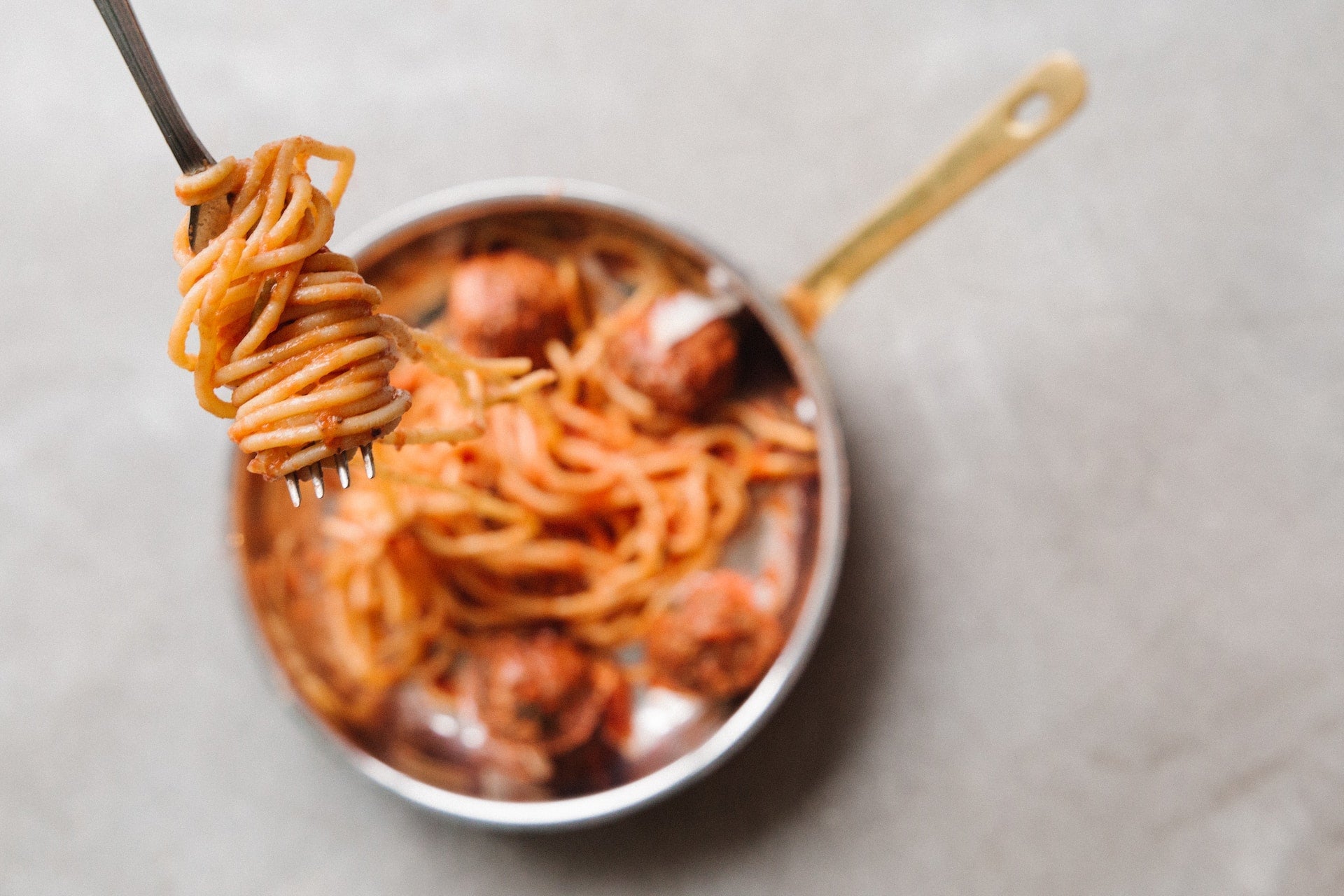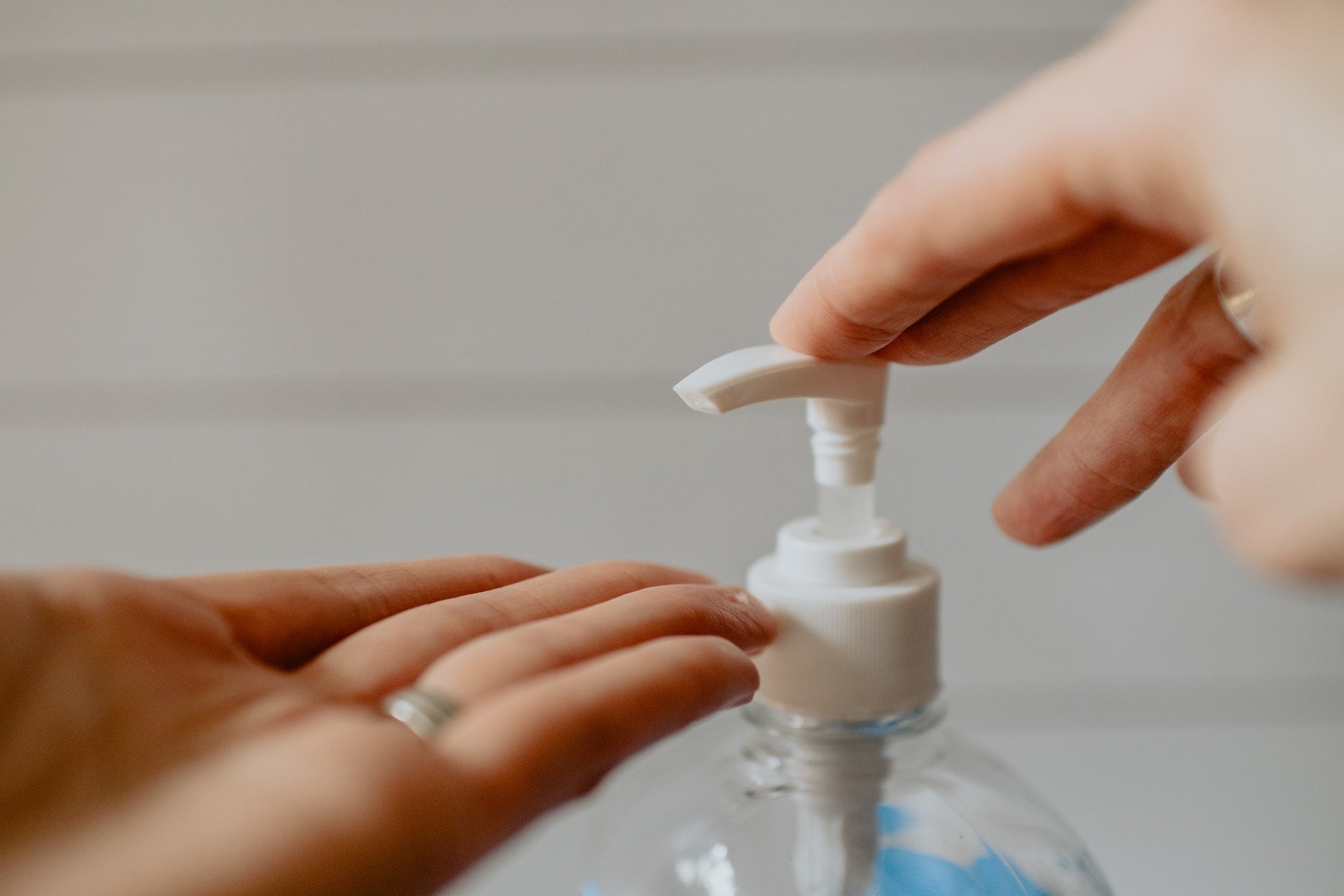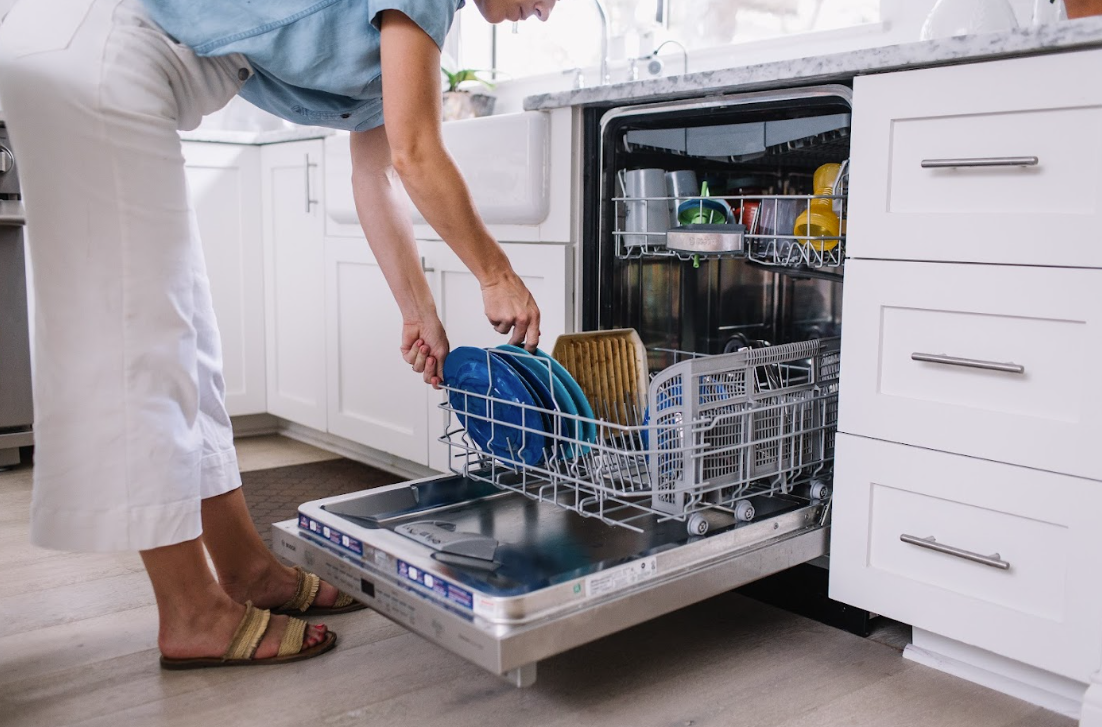
How to Remove Pasta Stains
Pasta night is always a good idea – until you have to figure out how to remove pasta stains from your favorite shirt or tablecloth. Discover how to tackle the toughest pasta stains, as well as tips and tricks for keeping them off fabrics and surfaces for good.
How to Remove Different Types of Pasta Sauce Stains

When it comes to pasta sauces, different ingredients produce different types of stains.
Tomato-Based Stains

What You’ll Need:
- Natural Stain Remover
- Natural Laundry Detergent
- Dull knife or spoon
Steps:
- Scrape off as much sauce as you can from the fabric or surface using a dull butter knife or a spoon.
- If the stain is on a washable fabric, run cold water through the back of the stain.
- Pre-treat the stain using a stain remover. Let it sit for up to 15-20 minutes.
- Wash the item according to fabric care instructions.
- If the stain is still visible, repeat steps 2-4.
- Only put the item in the dryer if the stain is completely gone, as heat can set stains deeper into fabric.
Pesto Stains

What You’ll Need:
- Natural Stain Remover
- Natural Laundry Detergent
- Dull knife or spoon
- Microfiber Cloth
- Baking soda
Steps:
- Remove any sauce remnants with a dull butter knife or a spoon.
- Run cold water through the back of the stain if it is on a washable fabric.
- Use stain remover to pre-treat the stain, and let it soak into the fibers for 15-20 minutes.
- Wash the item according to fabric care instructions.
- If you can still see the stain, repeat steps 3-4.
- Air dry the item for safest results. Only use the dryer once you have confirmed the stain is completely gone.
Pro tip: Some pesto can contain chlorophyll from basil, which can oxidize. If you notice a darker stain as a result of this, you can apply a paste of baking soda and water directly on the stain. Let it sit for up to 30 minutes and then rinse with cool water before washing the item.
Wine-Based Stains

What You’ll Need:
Steps:
- Use a dry cloth to gently lift the wine-based stain from the surface. Do not scrub the stain. Instead, gently but firmly blot the affected area until your cloth stops picking up color.
- Pre-treat the stain using an enzyme-based stain remover, allowing it to sit for up to 15-20 minutes.
- Wash the item according to its fabric care instructions.
- If the stain remains, repeat steps 2-3.
- Do not put the item in the dryer unless the stain is completely gone. For safest results, allow the item to air dry.
Oil-Based Stains

What You’ll Need:
Steps:
- Scrape off any remaining oil-based sauce using a dull butter knife or spoon.
- Use a clean, dry cloth and gently blot the stain until the cloth is no longer picking up any color. Avoid rubbing or scrubbing too hard.
- Saturate the affected area with stain remover and let it sit for 15-20 minutes, or up to 8 hours for older stains.
- Wash the item according to its fabric care instructions.
- Repeat steps 2-4 if the stain remains.
How to Remove Pasta Sauce Stains From Different Materials and Surfaces

Follow these steps for removing pasta sauce from clothing, dishware, and more.
Colored Clothing

What You’ll Need:
- Natural Stain Remover
- Natural Laundry Detergent
- Microfiber Cloth
- Dull knife or spoon
Steps:
- Carefully get rid of any sauce remnants with a dull butter knife or spoon.
- Using a microfiber cloth, gently blot the stain until you are no longer seeing color on the cloth.
- Spray the affected area with stain remover. Allow up to 15-20 minutes for it to soak into the fibers.
- Launder the item according to the fabric care instructions found on the item’s label.
- Repeat steps 2-4 if the stain remains.
- Only place the item in the dryer if the stain is completely removed. For safest results, air dry the item.
Pro tip: For white garments, follow the steps above, but also pre-treat the stain using a mild bleaching agent that provides mild abrasion, such as hydrogen peroxide, lemon juice, or white vinegar. Avoid bleach, as this can harm fabrics as well as pose possible health risks.
Carpet

What You’ll Need:
- Natural Carpet Spot
- Natural Laundry Detergent
- Carpet Shampoo
- Microfiber Cloths
- Dull knife, spatula, or spoon
- Bucket
Steps:
- Get rid of any excess remnants using a dull knife, spatula, or spoon.
- Do not scrub or rub the stain. Instead, use a cloth to gently but firmly blot the stain until it is less visible on the cloth.
- Target the stain directly and thoroughly with carpet spot remover, and let it set for at least 15-20 minutes. Let it sit for up to 8 hours for older stains.
- Rinse out the product using a clean cloth using cold water.
- Mix carpet shampoo with warm water in a bucket. Lightly agitate the area with a clean cloth that's soaked with the mixture.
- Follow it up with a new cloth soaked only in water. Repeat this with the two cloths until all the cleaner is gone.
Tablecloths and Napkins

What You’ll Need:
- Natural Stain Remover
- Natural Laundry Detergent
- Microfiber Cloth
- Dull knife or spoon
Steps:
- Remove any remaining or dried food with a dull knife or spoon.
- Take a cloth and gently blot the stain. Do this until you no longer see color on the cloth.
- Saturate the stain with stain remover, letting it sit for up to 15-20 minutes.
- Launder the item according to the manufacturer’s care instructions.
- Repeat steps 2-4 if the stain remains.
- Use the dryer only if the stain is completely gone, or alternatively, let the items air dry.
Plastic Containers and Tupperware

What You’ll Need:
- Dish Soap
- Paper towels
- Sponge
- Baking Soda
Steps:
- Add a few drops of dish soap to the container.
- Fill half of the container with warm water, and add a piece of paper towel. Close the lid.
- Shake the container vigorously for about 15 to 30 seconds.
- Wash it as you normally would with dish soap and a sponge.
- Rinse it out thoroughly and let it dry.
Pro tip: For stubborn stains, you can also apply a paste made of 1 tbs baking soda and 1 tbs dish soap directly on the stain. Let it sit for 15 minutes and then rinse with warm water. This also works on stainless steel.
Stainless Steel

What You’ll Need:
- Soft brush or sponge
- Dish Soap
- Microfiber Towel
Steps:
- Use warm water and mild dish soap to clean the item.
- Let the item dry.
- Store in a cool, dry place to avoid rusting.
Odor Removal Tips

Use Enzyme-Based Detergents and Stain Remover
Make sure your detergents and stain removers are enzyme-based to most effectively break down odor-causing stains. When using the washing machine, you can even set a delay in the middle of the wash cycle to give these enzymes more time to work.
Keep Your Dishwasher Dry and Clean
For washing items in the dishwasher, remember to keep the dishwasher completely dry to avoid odors and bacteria from building up. Leave the door ajar to allow moisture to evaporate after a cycle is complete. You can also Place an open box of baking soda or activated charcoal in the dishwasher when not in use to absorb any lingering odors. Replace the odor absorber once every 3 months.
Dry Fabrics in the Sun
Letting items dry in direct sunlight is a safe, effective way to neutralize odors, as well as get rid of bacteria.
Air Purifiers for Carpet or Upholstery
You can use a portable air purifier to help trap and remove stale or odor-filled air. Once the odor is gone, you can simply turn off the air purifier.
How to Avoid Pasta Sauce Stains

Treat Stains As Soon as Possible
As with most stains, the sooner you treat them, the easier they are to remove, whether it’s from fabric, carpet, or dishware.
Use a Spoon
Though we've all been taught to twirl long strands of spaghetti using a fork, scooping it up with a spoon can actually prevent sauce from splattering. This tip is especially useful for over-eager small kids enjoying pasta.
Protect Your Clothing
Take a cue from your little ones and cover your clothes with a napkin or paper towel when eating. It’s not exactly like wearing a bib, but it will protect your favorite shirt from any sauce splatter!
Coat Your Tupperware
To avoid permanent red stains when storing tomato sauce, simply coat the bottom of the container with non-stick cooking spray. This keeps the item stain-free, plus it makes it easier to remove the stored food later.


























